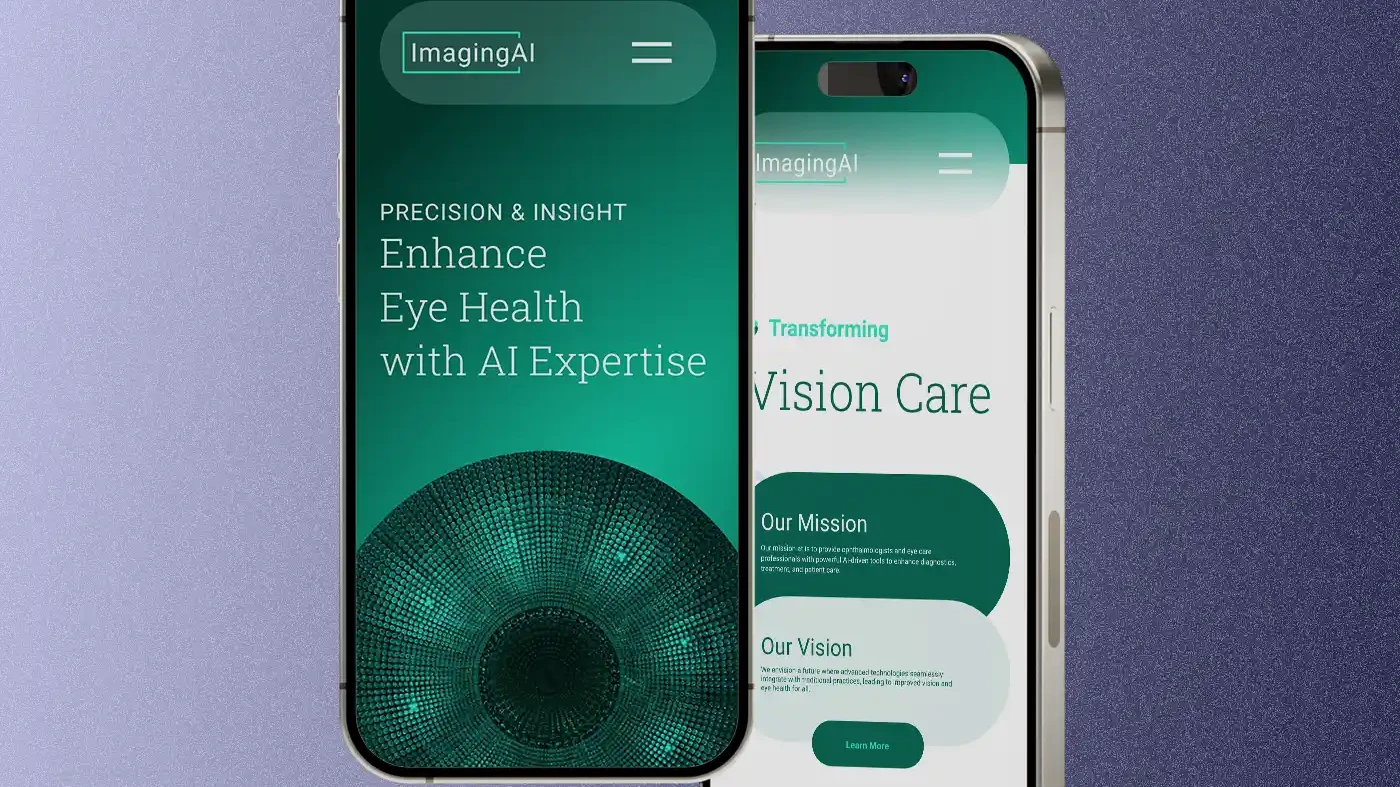Retaining Your Audience After Acquisition with Design Languages
Handling branding and design systems after acquisition without confusing consumers is a delicate balance. The balancing act occurs when finding the middle between refreshing the acquired company’s branding system and design language. The core of it all relies on just how much needs to be adjusted to align with the newly acquired entity, and keeping the familiarity that the established audience is used to. Designing and developing renewed branding can be achieved successfully considering these best practices.
Start with an Audit and Analysis

In the complex world of brand evolution, the task of navigating change often looms large for stakeholders and teams who work closely in the day-to-day operations of their brand. It is in this context that the introduction of a fresh perspective becomes essential. Engaging a digital design or creative agency to conduct a comprehensive audit of a brand and organization emerges as a key first step. This can offer new insight into what prominent aspects of your design language to keep and refresh in a new way while retaining familiarity. An external viewpoint can illuminate aspects of the brand that may appear outdated, identify opportunities for optimization in light of new developments, and fine-tune the intricacies of visual elements, including color schemes and graphical motifs. Moreover, this also serves as an opportune moment to expand upon certain graphical elements deserving of further emphasis.
Maintain Familiarity with Nuance
A critical, data-informed approach is paramount when tackling the delicate task of rebranding without eroding the familiarity of your brand’s identity. The key here lies in asking, what facets of your brand are instantly recognizable to your audience. Consider, for instance, if your brand’s logo is distinguished by its sharp geometric shapes; stripping these away might unintentionally create confusion among your users. Thus, maintaining the integrity of your brand, while simultaneously ushering in a refresh, might involve strategies as straightforward as preserving your signature color palettes, infusing your logo with modernized elements that recall its original design, or retaining user interface patterns that play an essential role in your brand’s character.
Equally important is how these updates are communicated to your audience. Introducing changes incrementally can allow for a smooth and subtle transition, minimizing the potential for user confusion. The importance of a nuanced and thoughtful evolution of your brand can propel that familiarity and innovation to further coalesce.
Communicate Changes with Transparency

During a brand’s refresh, particularly during the sensitive period of an acquisition, the value of clear and open communication cannot be overstated. To mitigate any confusion or concern among your user base, it is imperative to engage them directly, offering a transparent glimpse into the rationale behind the changes to your brand. This can be achieved through various channels such as newsletters, social media updates, or a dedicated landing page. The key is to articulate the changes succinctly while providing reassurance that, despite these aesthetic updates, the core quality and legacy of your product or services.
Clear communication extends beyond external audiences to include the internal dynamics of your organization as well. Fostering an environment of transparency within your teams is crucial to maintaining coherence and uniformity in how your brand is perceived and presented. Ensuring everyone is aligned with the brand’s direction and narrative is essential for brand enablement and activation. This dual approach of internal and external transparency with your design language is fundamental for future changes.
Be Receptive to Feedback
In the intricate balance of rebranding, feedback is an invaluable tool for gauging the impact of introduced changes. It offers a direct line into your audience’s perceptions and reactions, to help determine whether the modifications have enhanced the brand experience or inadvertently introduced confusion. The pulse can be measured through various methods, including user testing with select groups, monitoring interactions, and analyzing conversion metrics. Such approaches provide concrete insights into how the changes are resonating with the audience.
Moreover, leveraging surveys and social media platforms offers a dynamic way to collect feedback, facilitating a two-way conversation with your audience. This dialogue can help understand the nuances of user experience and pinpoint areas that may require further refinement. The key lies in adopting a flexible stance, ready to iterate and make adjustments based on this feedback, for a brand that remains responsive to its audience’s needs and preferences. Navigating through the complexities of acquisitions and brand evolution, the core of success often boils down to maintaining the brand’s defining characteristics while adopting a user-centric approach. This balance between preservation and innovation, guided by direct feedback from your audience, can steer a brand toward continued relevance and success in its industry.
Next Item
Design Systems and AI Technology

Related Articles
Best Practices to Consider Post-Brand Design Refresh
June 19, 2024
Maximizing Brand Impact with Lead Generation
May 1, 2024
Branding and UX Design for Exceptional User Experiences
February 18, 2024


